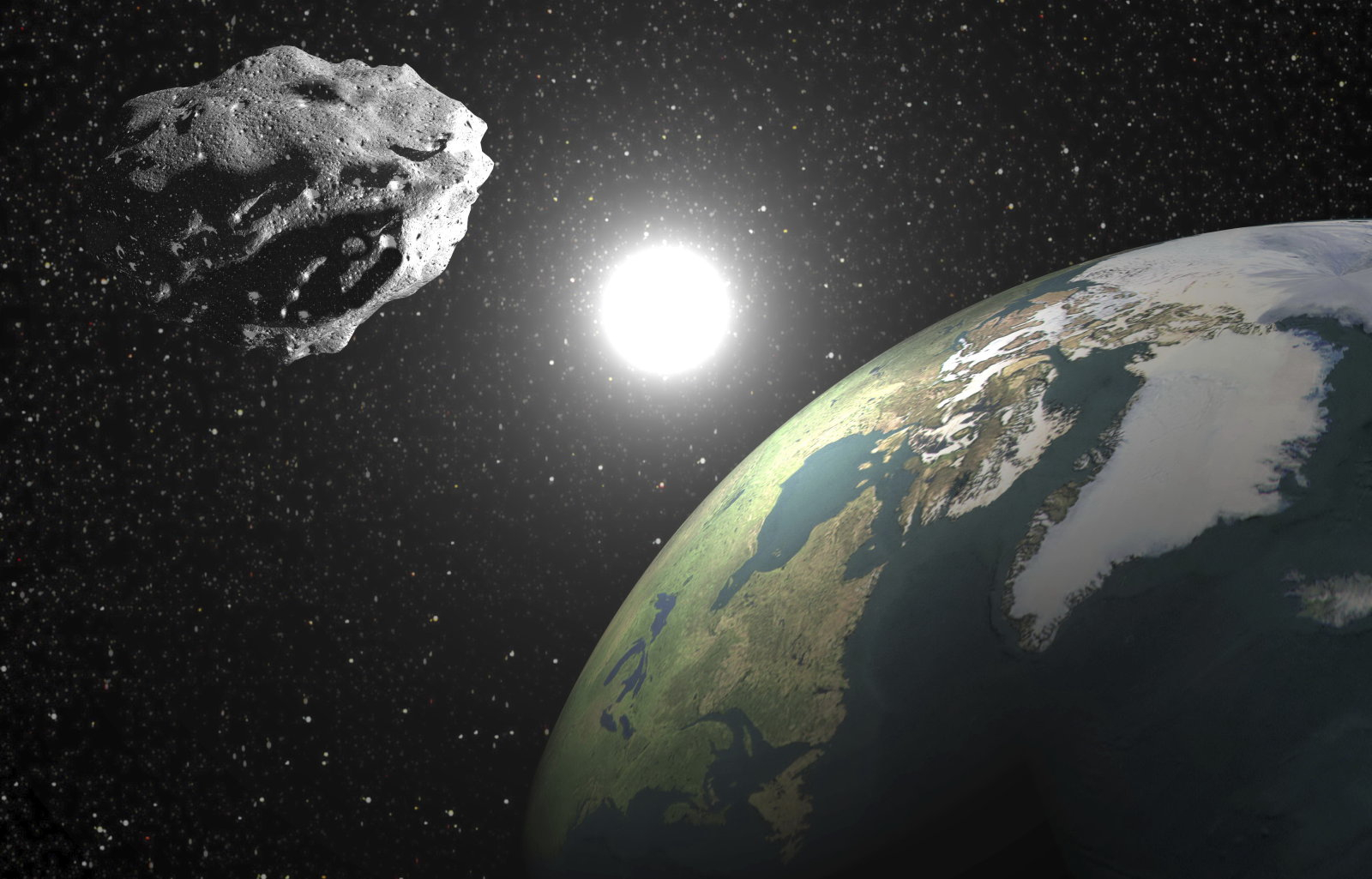
If you haven’t heard yet, NASA aims to capture an asteroid, drag it to the orbit between the Earth and the moon and ultimately send people to scour it for samples. While that sounds like a crazy plot from an astronaut movie, it’s very much real. In fact, the agency has just announced that it plans to ask for help from aerospace companies to make it happen. Under the new Asteroid Redirect Mission Umbrella for Partnerships (ARM-UP) Broad Agency Announcement (BAA) project, NASA will accept proposals for different aspects of the mission.
Before elaborating on the proposals the agency will accept, you need to know that the mission has two stages. First is the robotic stage slated for launch in 2021 that will send an unmanned vehicle to drag an asteroid to cislunar space. For the second phase scheduled for 2028, NASA plans to send a crew aboard an Orion spacecraft to the captured asteroid to retrieve samples.
via Engadget





